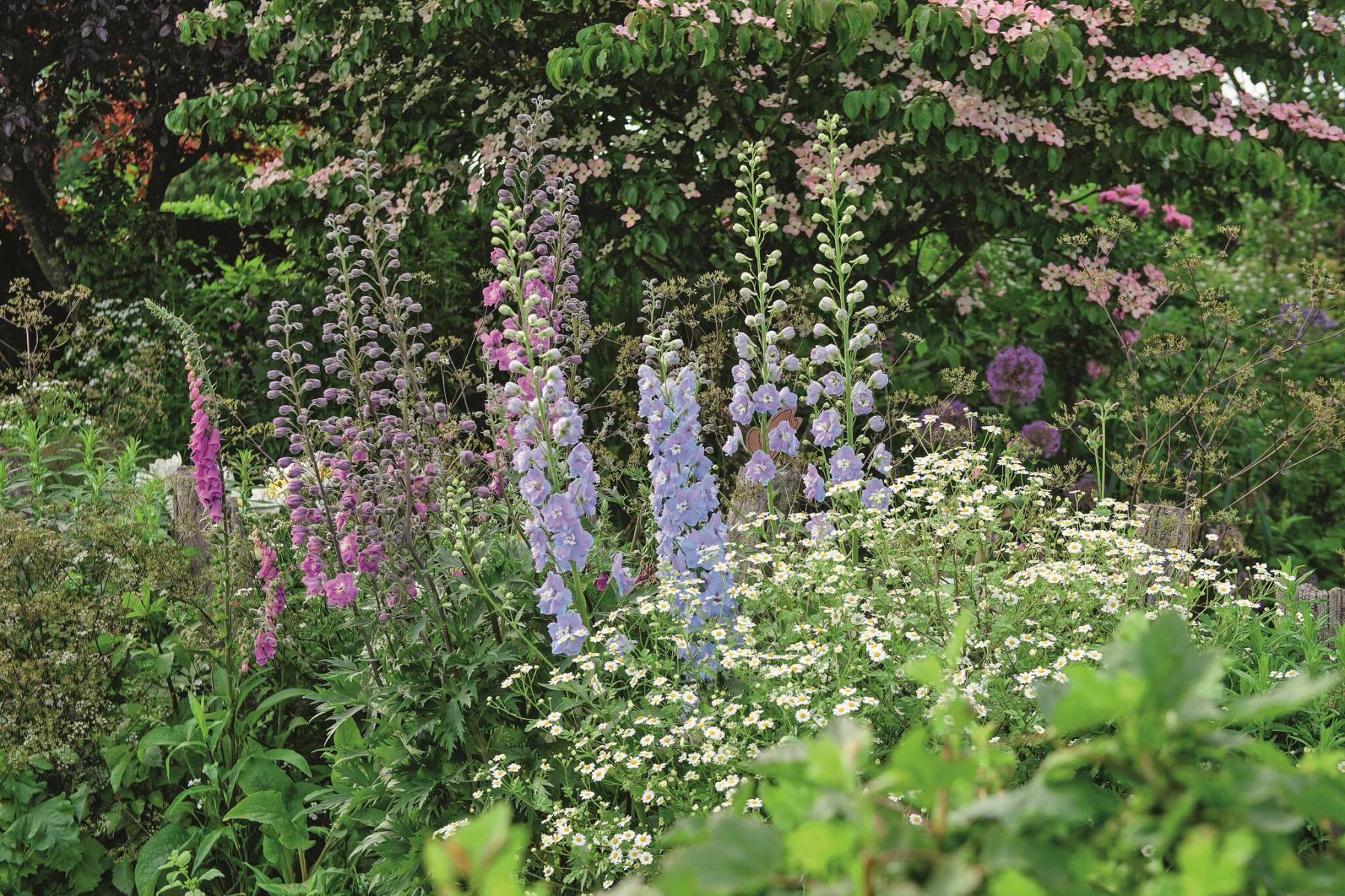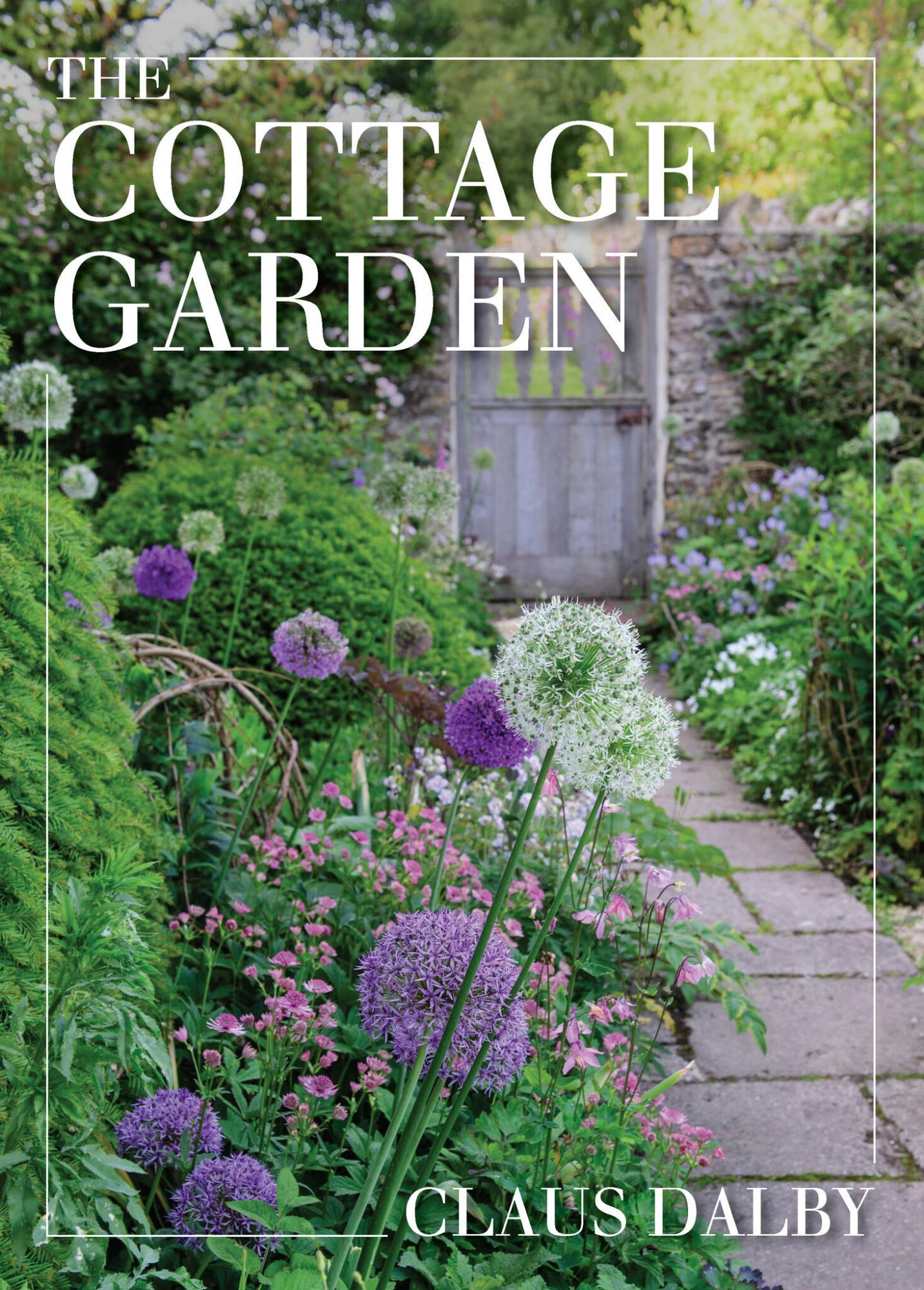
The Cottage Garden by popular Danish garden designer Claus Dalby will be released on September 5.
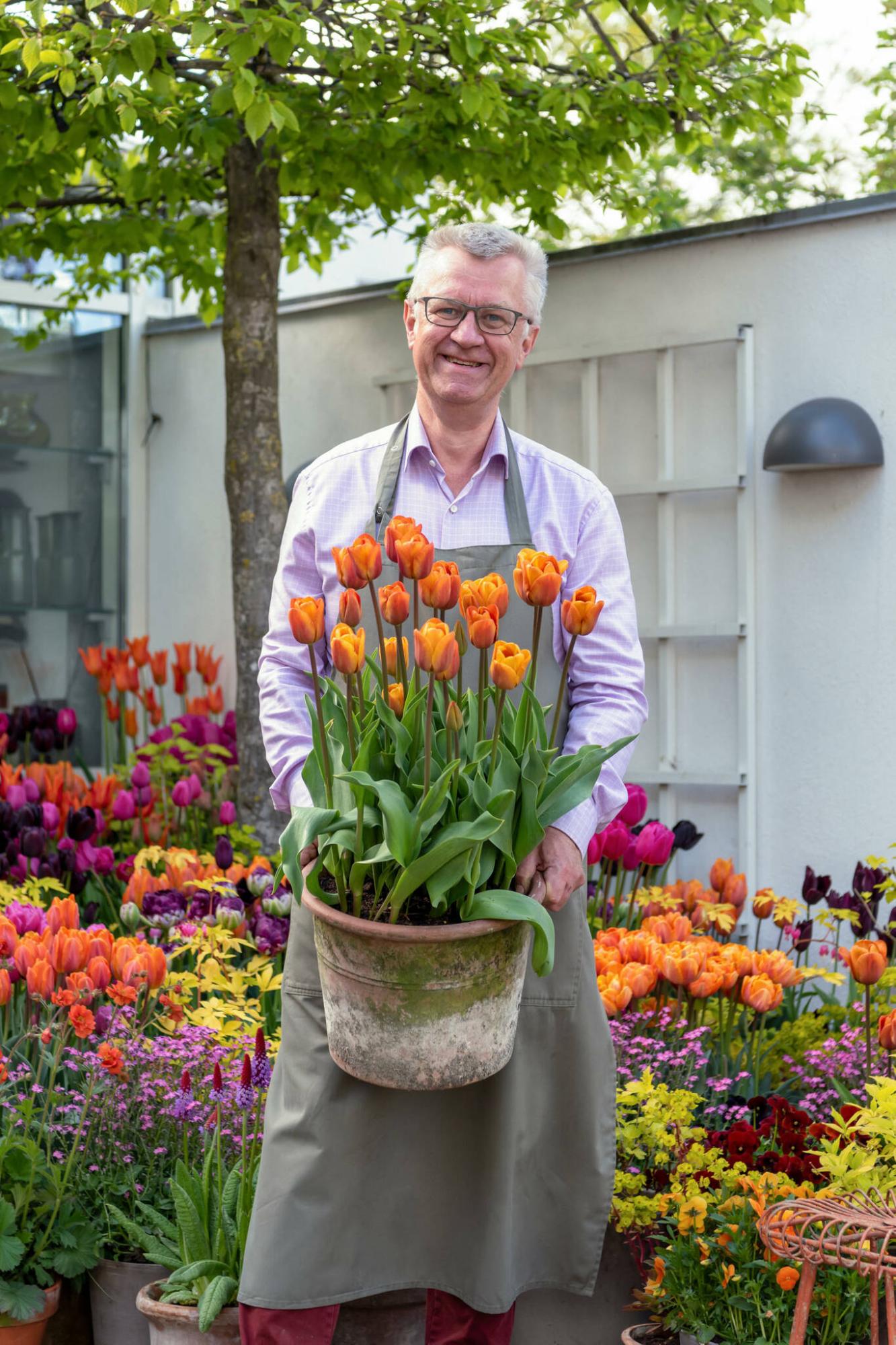
Claus Dalby, author, designer, gardener, and florist is a man for all seasons.
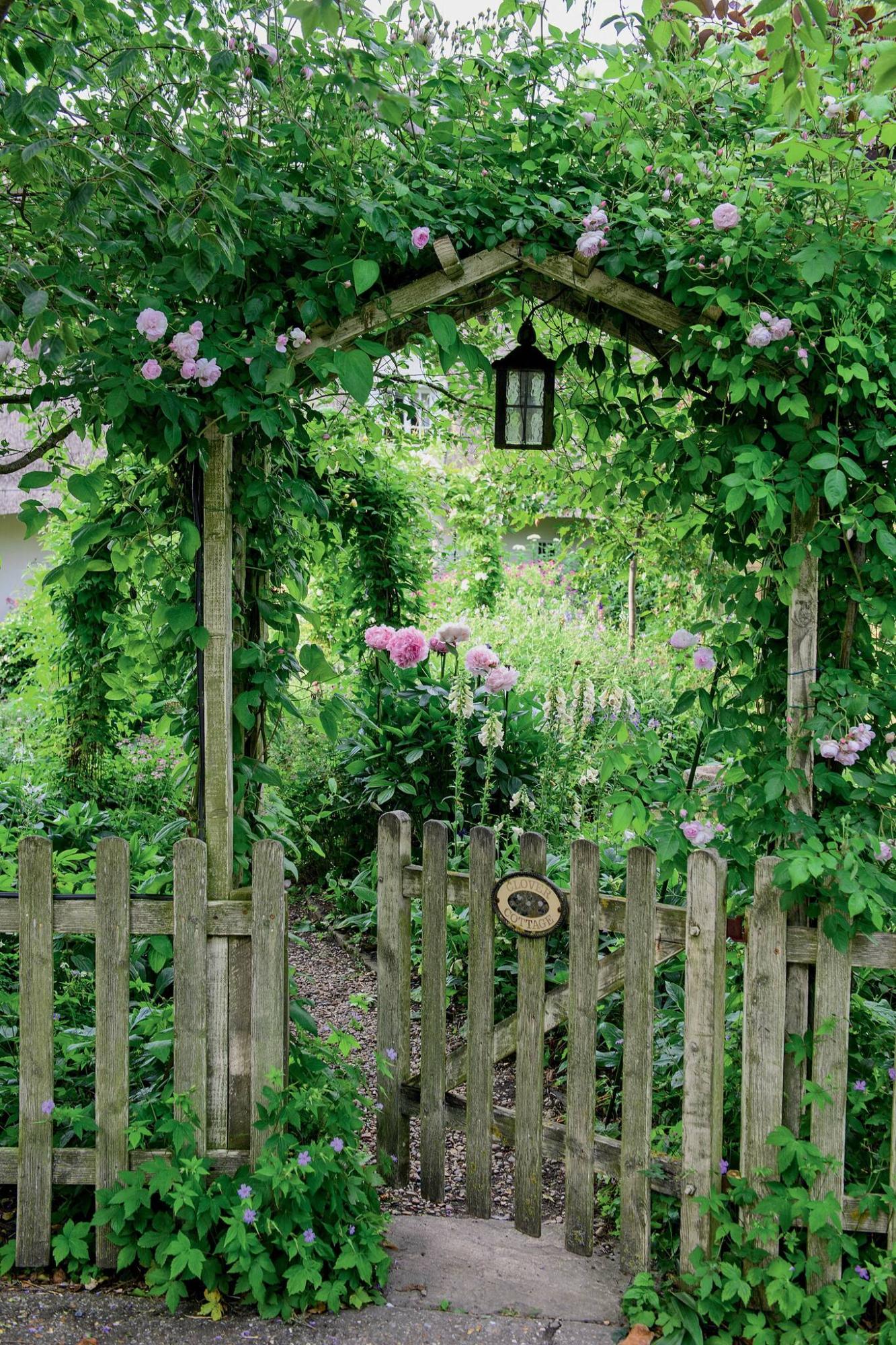
The romance of cottage style gardening, overflowing with texture and colour, could be just the style you are looking for.
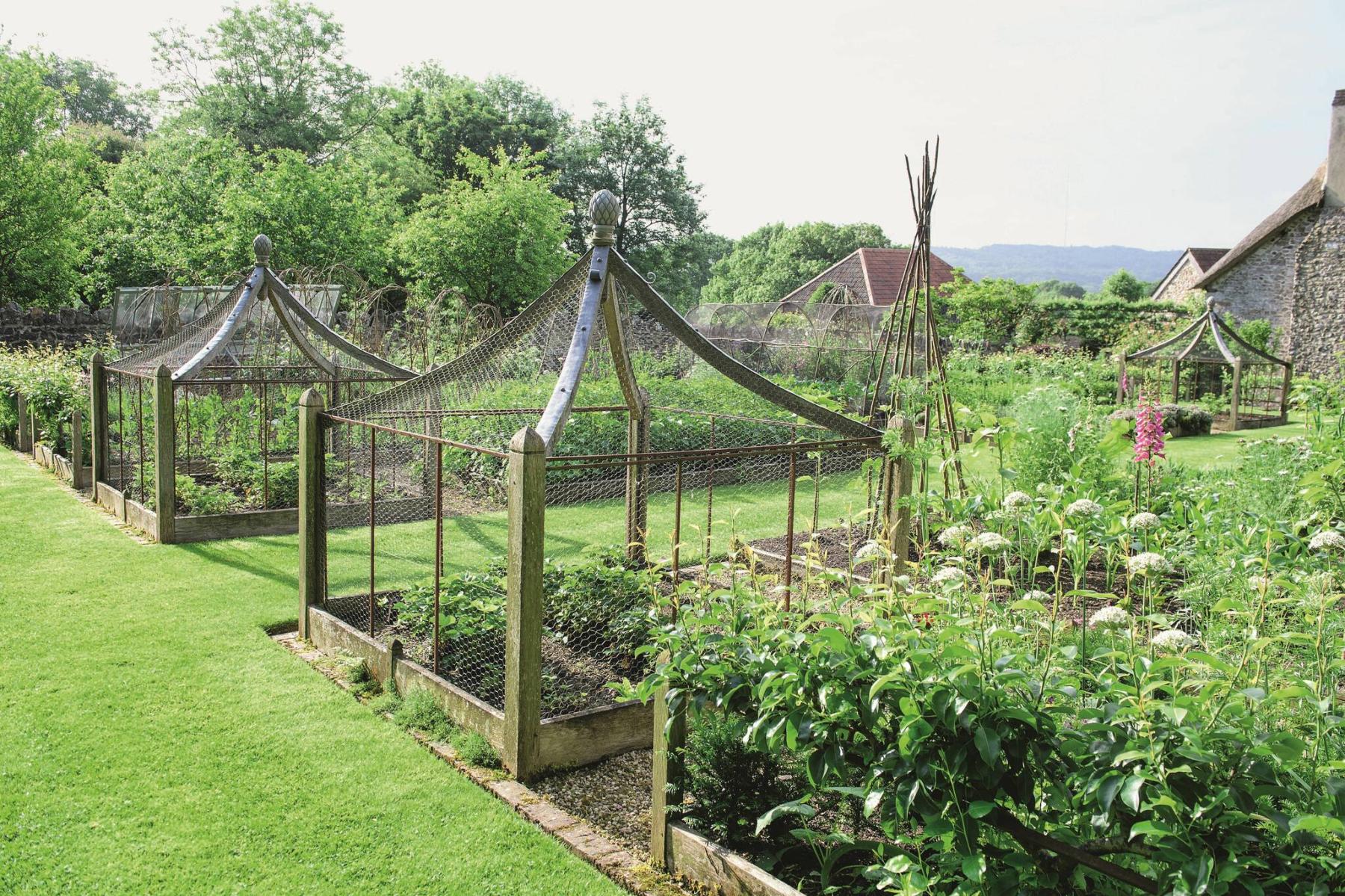
Garden structures like these beautiful wooden fruit cages that keep birds out are featured in Claus Dalby’s new book.
Thinking about taking your garden to the next level? The cottage gardening style could be just what you are looking for. Danish author Claus Dalby is known the world over for his breathtaking garden design. With nearly half a million followers on Instagram who follow his daily gardening life, Dalby has written nearly 30 books on flowers and gardens. The English-language version of his best-selling title, The Cottage Garden (Cool Springs Press) will be released on September 5. This month I had the opportunity to read an advance copy of Dalby’s book and to chat with Dalby on Zoom. My garden will never be the same.
Highly creative people like Dalby rarely concentrate their talents and skills in only one area. Dalby is a designer, florist, gardener, publisher, and television personality. While sitting in front of a laptop in his sunken garden at his home in Denmark, Dalby told me that he has always been interested in colour and design. “I started with indoor decoration but then it came to me about thirty years ago that I could also work outside with all the combinations of plants. For me, it’s important to have both a cozy home and a cozy garden.”
Dalby likes shape and structure in the garden. His own garden, for example, consists of many garden rooms divided by hedges. Flowers are everywhere. “It’s very important that you have the naturalistic style and that you use what you have,” he said. Dalby doesn’t like to decorate too much, he said, but he likes the charm and simplicity of garden furniture, mini greenhouses, small sheds, pottery, gates, and old garden tools. “It’s also important to use natural materials.”
Dalby’s newest book is enchanting. With over 700 gorgeous photographs, every one taken by Dalby on his visits to cottage gardens in England, Germany, Sweden, Denmark, and the United States, he draws in the reader and takes them on a personal guided tour. Nothing is rushed. What struck me immediately was the marvellous layout with descriptive, informative text and colourful images of gardens interspersed on every page. It makes for an immersive experience. Dalby said this was intentional and shared that when he is writing a book, he always makes the layout before he writes the text.
Dalby’s book begins with an introduction to famous gardeners from a century or more ago and the cottage garden style they inspired. Some of the names will be instantly recognizable to readers who love garden history – William Robinson, Gertrude Jekyll, Vita Sackville-West, Tasha Tudor – but Dalby also devotes 10 pages to Geoff Hamilton, an influential British TV personality who hosted Gardener’s World on the BBC from 1979 until his death in 1996. This was my first introduction to Hamilton. Dalby describes Hamilton’s garden in the U.K. and shows examples of some of the wooden obelisks and garden arches that Hamilton designed and constructed and painted in his signature gray-blue shade. It was at this early part of Dalby’s book that I was all in. And it is this theme of authenticity that runs throughout Dalby’s book which is so captivating and inspiring.
Dalby is a great admirer of Bunny Williams, an American interior designer whose garden in New England is featured in his book. Again, his photographs show beautifully planted gardens but with an emphasis on an ambient style that includes classic elements such as hand-crafted plant supports, garden antiques, and built structures – none of it pretentious but always harmonious. He shares Williams’ philosophy that there needs to be a link between buildings, fences, and hedges. “Once the framework is in place, you can start experimenting with the individual plants and how they fit in with each other.”
Another garden featured in Dalby’s book is that of Arne Maynard who lives in Dorset. Maynard is one of England’s most highly respected designers. The cover of Dalby’s book shows the area leading to Maynard’s kitchen garden. I gasped when I came to the photo of Maynard’s beautiful fruit cages made of wood that has weathered with time.
“You can buy so many obvious things in the garden centres, and they are the most horrible green and I don’t know where they choose it,” said Dalby. “The cottage garden is a relaxed garden. In the old days, you had very old houses with thatched roofs but when you have more modern houses today, I think you need more structure in the garden.”
There are close-up photos of flowers in Dalby’s book, but he said that it is important to him to also have overviews so that the reader can see how the plants fit together. He gave the example of pieces of furniture you might photograph individually – a chair, a sofa, and a lamp. “But you don’t see how they fit together.” It’s exciting to encounter a new plant, said Dalby, but even more so when you see what other plants it has been combined with.
Dalby said that umbellifer plants are so important to his own garden. “And I think they are also very important to the cottage gardens. They have a wide impact.” Umbellifer plants have distinctive flower-heads that are flat-topped and umbrella-like. Examples include wild carrot (Daucus carota), cow parsley, parsley, Ammi majus (ex. Queen Anne’s Lace), ground elder (Aegopodium podagraria). Valerian officinalis is a tall plant that has beautiful, white-flowered umbels.
Dalby feels strongly that tall plants deserve a place in the garden. “I just love height. Verbena bonariensis is such a beautiful plant because it is quite tall; it will never flop over. And I don’t understand why you see so many books saying that the small plants must be in the foreground and the tall plants in the background. And I say, but what do you do if you would like to see the borders from all sides? I am also talking about repetition, how to repeat the plants and plant some of the tall plants in the foreground. Nature doesn’t know about these rules. To me it is also very important to break the rules.”
Dalby grows Thalictrum (meadow rue), a tall, slender plant with lacy foliage and clouds of dainty flowers, throughout his garden. He grows hollyhocks in his borders and recommends cutting them down in June to about 50 cm once they reach one metre so that you will have a bushier plant when it reaches its full height. He encourages gardeners to grow tall plants like delphinium which were once a staple of cottage gardens but it’s important to support them with bamboo or branches before a storm comes along.
Dalby likes to cover every square centimetre of soil with plants and his book will give you countless ideas for beautiful plant combinations. The cottage garden design style is ideal for today’s garden in many ways – sustainable, economical, lower-maintenance, and suitable for large or small spaces.
Dalby loves cottage gardens because they have soul. The Cottage Garden is a book that will stir your soul and inspire you to see many more possibilities for your own garden. It is available for pre-order at Chapters Indigo and McNally Robinson Booksellers.
colleenizacharias@gmail.com

